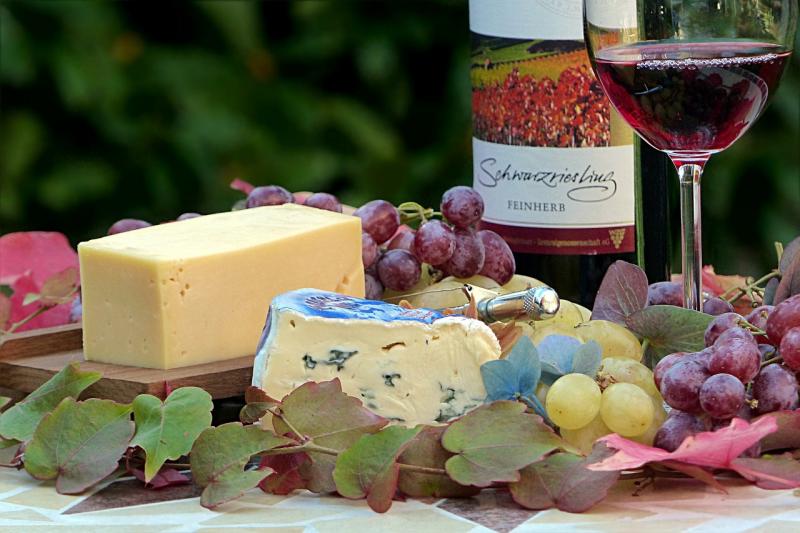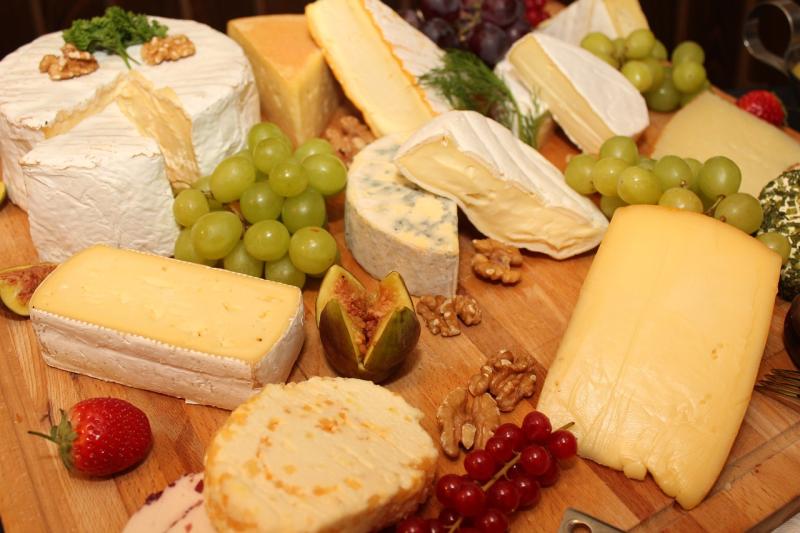Cheese is an essential ingredient in many dishes and it can be used in a variety of ways to add flavor, texture, and richness to your cooking. From creamy grilled cheese sandwiches to piquant Italian pasta dishes, cheese can elevate the flavor and texture of all types of cuisine. The key is to choose cheese that is appropriate for each dish and to get creative in the ways it can be used.
In this article, we’ll cover the basics of cooking with cheese – from types of cheese to how to store it and techniques for incorporating it into many dishes. So if you’re looking to elevate your cooking with the savory, creamy, delicious taste of cheese, read on!
Types of Cheese
Cheese comes in a variety of shapes, types, and sizes. From soft to hard, fresh to aged, there is a cheese out there for every palate. Here are some of the most popular types of cheese:
Mozzarella
Mozzarella is a semi-soft cheese typically made with cow’s milk, although it can be made with a mix of milks. It’s usually served as a melted topping on pizzas or shredded as a topping on salads and pasta dishes.
Cheddar
Cheddar is one of the most popular and widely used cheeses in the world. Originally from England, the cheese is characterized by its sharp and tangy flavor. It is most often used for sandwiches, grilled cheese, and casseroles.
Brie
Brie is a soft cheese made from cow’s milk. It is most commonly served as an appetizer with a smear of jam, crackers, and fresh fruits. It can also be melted in dishes for enhanced flavor.
Gouda
Gouda is a semi-hard cheese made from cow’s milk. Its flavor is sweet, slightly nutty and has a bit of a smokey taste. It is usually served as a snack or melted on top of burgers and sandwiches.
Feta
Feta is a crumbly cheese typically made with a combination of sheep and goat’s milk. It adds a tangy and salty flavor to salads and dishes. It is also a great addition to cheeseboards or sandwiches.
Health Benefits
Cheese is a wonderful addition to a variety of dishes. But aside from adding flavor, cheese also provides some health benefits to those who experience it!
High in Calcium and Protein
Cheese is naturally a great source of calcium. One slice of cheddar cheese alone has about 206 mg of calcium, or 21% of the recommended dietary allowance for women. Calcium is crucial for healthy bones, blood clotting, nerve function, and muscle activity. Cheese is also a great source of protein. One slice of cheddar cheese contains about 7 grams of protein, or 14% of the recommended dietary allowance for women.
High in Vitamins and Minerals
Cheese can provide numerous other vitamins and minerals. Cheese is especially high in Vitamin A, B-vitamins, and vitamin D. Vitamin A is crucial for vision, immunity, and skin health. B-vitamins are essential for energy production and metabolism, while vitamin D helps maintain strong bones. Additionally, cheese contains iron, magnesium, potassium, and zinc which are all important for optimal body function.
Nutrient Dense and Satisfying
Not only is cheese packed with essential vitamins and minerals, but it is also nutrient-dense. This means that even with a small quantity, you can get the maximum benefit and nutritional value. Cheese is also a satisfying snack option due to its high protein content. If you’re looking for something to fill you up and keep your energy levels up, incorporate cheese into your dish.
Improve Your Gut Health
Cheese is a fermentable food, meaning it has a positive impact on the gut microbial balance and can promote the growth of beneficial bacteria. Not only that, but the fermentation process can also help reduce the risk of digestive illnesses like irritable bowel syndrome.
Cheese is a simple addition to your next meal that can provide your body with multiple health benefits. However, remember that cheese, like other dairy products, should be consumed in moderation as it does contain fat and calories. Enjoy the flavor and health benefits of cheese and prepare your meals with it today!
Tips for Using Cheese in Cooking
Cheese is an essential ingredient for so many delicious dishes, from mac ‘n’ cheese to pizza and everything in between. If you’re looking to up your cooking game, here are a few tips for using cheese in cooking.
Experiment with Different Types of Cheese
There’s so much more to cheese than a block of cheddar. Try exploring different textures and types of cheese to add more depth and flavor to your dishes. Gouda, Parmesan, mozzarella, brie, feta… the world’s your cheesey oyster.
Upgrade Your Grilled Cheese
A classic comfort food, grilled cheese can really shine when you switch up the cheese. Try dousing some grated Parmesan in olive oil before adding to your sandwich for a flavorful and luxurious grilled cheese.
Melt it Over Veggies
Bring life to ordinary vegetables! Try melting a thin layer of cheese over your favorite veggies before baking them in the oven. It helps bring out those delicious caramelized flavors that elevate your dish to the next level.
Keep it Simple
When adding cheese to ingredient-heavy dishes like lasagna or pizza, don’t be afraid to keep things simple. A single type of cheese can be just as delicious as a mix of several.
Common Recipes that Use Cheese
Cheese is a popular ingredient in many food applications. One of its greatest uses is as an creamy, savory, and often salty additive to appetizers, entrees and desserts. Whether shredded, melted or melted, cheese adds depth and flavor to any dish.
Here are some common recipes that use cheese:
Savory
- Lasagna
- Macaroni and Cheese
- Cheese Pizza
- Grilled Cheese
- Taco Pie
- Cheese Fondue
- Cheese Sauce
- Cheese-Stuffed Peppers
- Cheese-Stuffed Mushrooms
Sweet
- Fruit Cobbler with Cheese
- Cheesecake
- Cheese Danish
- Cheese Blintzes
- Cheese Bread Pudding
- Cheese-Stuffed French Toast
These are just a few of the many recipes that use cheese. With the versatility of cheese, it can be used in sweet or savory dishes, making it a favorite for many recipes.
Alternatives to Cheese
Cheese is a wonderful and versatile ingredient to cook with, but sometimes it may not be the most appropriate choice. Whether it's due to dietary restrictions or lifestyle choices, there are several alternatives to cheese that can offer a more healthful, flavorful experience for any meal.
- Nutritional Yeast: Nutritional yeast has a cheesy, nutty flavor, and it is fortified with B-vitamins, which makes it a great alternative for vegan dishes. It can be used on top of salads, mixed in macaroni and cheese, or used as an ingredient in sauces.
- Coconut or Soy Yogurt: Coconut or soy yogurt has a subtly sweet taste and can be used as a substitute for cheese in a variety of dishes. Try dipping vegetables in it or add it to your favorite sauces.
- Tofu: Tofu has a slight nutty flavor and can be crumbled or blended into sauces in order to create a satisfying and filling dish. Try adding firm tofu to your favorite vegan lasagna recipes, or blending silken tofu into your creamy alfredo sauces.
- Nuts, Seeds and Beans: Healthful nuts, seeds and beans can be cooked along with vegetables to add flavor, texture and protein to your meals. Try adding toasted walnuts to your salads, or chickpeas to your vegan tacos.
- Vegan Cheese: There are a variety of store-bought vegan cheese options that can provide a rich and creamy texture to dishes without the animal-derived products. From vegan cream cheese to cheddar and Gouda, there is something for everyone's tastes.
There is no need to miss out on the flavors of cheese when cooking. With these alternatives, you can enjoy healthful and delicious dishes free of animal products.
Conclusion
Cheese is an incredibly versatile ingredient to cook with, and can add a unique flavor to any dish. With its many varieties, tasty combinations and endless possibilities, cheese makes cooking fun. So, get creative and incorporate some cheese into your next dish. You won't be disappointed.



